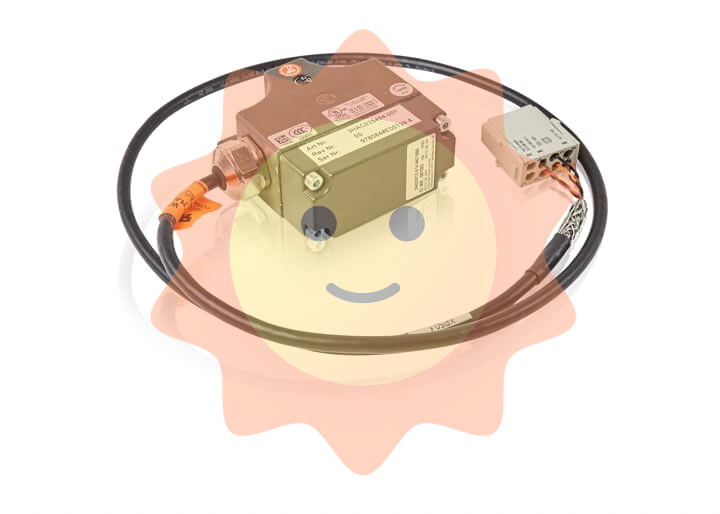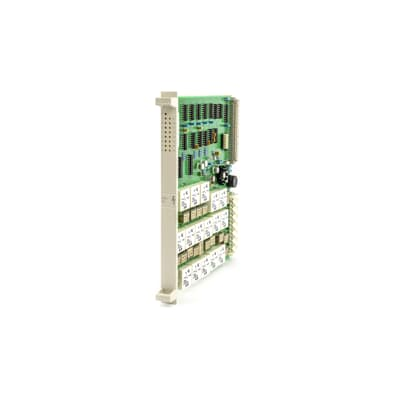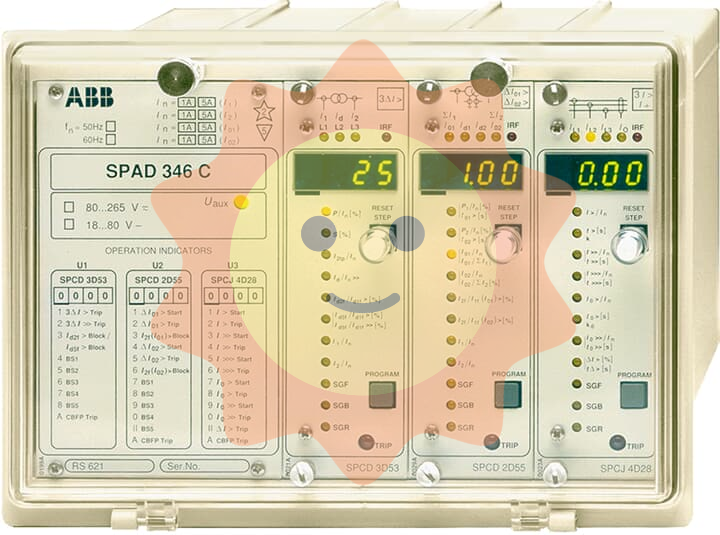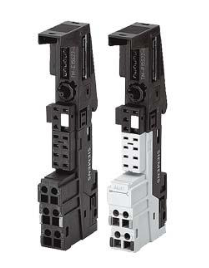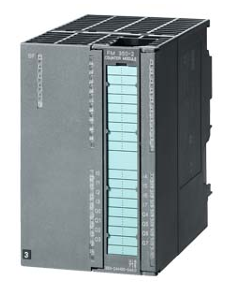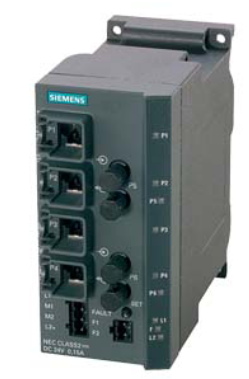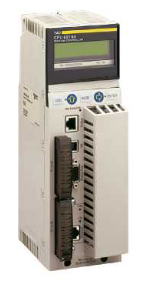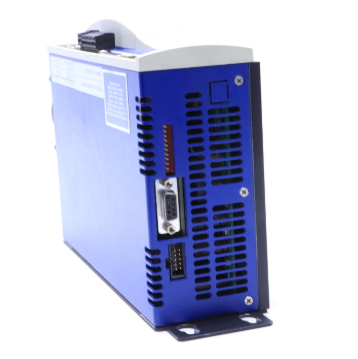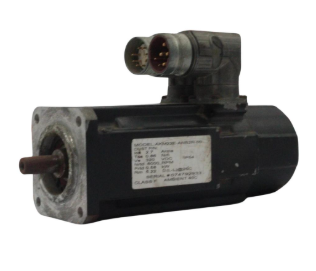Current situation and problems of nuclear power development in our country
First, China's nuclear power development status
Since the 1980s, China began to formulate nuclear power policy and build pressurized water reactor nuclear power plants. In 1991, Qinshan Nuclear Power Plant, the first 300,000-kilowatt nuclear power plant, was put into operation, and in 1994 Daya Bay pressurized water reactor nuclear power plant with 1 million kilowatts was put into operation. After that, China successively built Qinshan Phase II, Lingao, Qinshan Phase III and Tianwan nuclear power plants. In 2011, after the Fukushima nuclear power plant accident in Japan, the central government temporarily suspended all nuclear power project approvals and conducted comprehensive safety checks on existing equipment. However, in May 2012, the nuclear power plant project was put back on the agenda, and the approval was expedited.
As of June 2019, a total of 47 nuclear power units were in operation on the mainland, [1] ranking third in the world in nuclear power generation, accounting for 4.2% of the total power generation. At the same time, the number of nuclear power plants under construction in China accounts for more than 40% of the total nuclear power projects under construction in the world. According to the planning of the National Development and Reform Commission, China will have more than 70 nuclear power units in service in 2020, accounting for more than 5% of the total installed capacity of power generation, and the proportion will reach 10% in 2030, and the installed capacity will exceed 400 million kilowatts in 2050. [2] According to the policy goals of the National Energy Administration and the Chinese Academy of Engineering, the total nuclear power development is 80 million kilowatts in 2020, 200 million kilowatts in 2030, and 400 million kilowatts in 2050. 500 million kilowatts, nuclear power will become one of China's main energy sources. China's "13th Five-Year Plan" outline also clearly put forward: "accelerate the development of a new generation of nuclear power equipment and small nuclear power systems, civil nuclear analysis and imaging, to create new advantages in future development." At the 2018 China Electric Power Development Forum, nuclear power was described as "one of the most promising future energy sources for mankind." [3] According to statistics, in addition to the scattered nuclear power plants to be built, China is using more than 100,000 nuclear radioactive sources, involving more than 10,000 units, and more than 120,000 nuclear radiation devices (units), involving nearly 50,000 units, [4] covering 31 provinces, municipalities and autonomous regions across the country.
After 2018, due to the fierce opposition of the nuclear power development "planning" by the academic community, civil organizations and many professionals, coupled with the adjustment of the national industrial structure, the slowdown of economic growth, and the alleviation of power shortage, the construction of nuclear power plants in the mainland has been "suspended" by the Party Central Committee and The State Council. However, from a policy perspective, the program is only temporarily suspended, not terminated or canceled. Therefore, nuclear safety risks still exist, and it is still necessary to continue to study nuclear power safety and related issues. [5] The report of the 19th National Congress of the Communist Party of China pointed out that to adhere to the overall national security concept, we must "adhere to the national interests first, take the people's security as the purpose", and "coordinate the homeland security and national security". [6] This reflects the country's scientific research and judgment on the security situation and the development of security strategic thinking, and also reflects the country's great importance and firm confidence in maintaining nuclear security.

Two, the main problems of nuclear power development in our country
1. Nuclear power is not absolutely safe
1. The "safety" coefficient of nuclear power plant design is theoretically calculable and has not been tested by practice or experiment.
Because human safety technology is not fully in place, no matter how designed and tested, it cannot guarantee that its "unsafe factor" is zero. [7] Nuclear power plants are the most complex energy systems ever designed, nuclear reactors are very complex machines, and no complex system is guaranteed to be error-free, and one mistake leads to another. People are afraid of nuclear danger because it is so dangerous! The 1979 Three Mile Island nuclear accident in the United States was "magnified by design-related problems and human error." [8] Chernobyl nuclear power plant accident, Gisting disaster, Soviet nuclear submarine K-431 accident, Soviet nuclear submarine K-19 accident, Chalk River nuclear reactor accident, Windesgel fire, Costa Rica radiation accident, Zaragoza radiation accident, Goiania accident, Church Rock uranium ore spill, SL-1 And the Fukushima Daiichi nuclear power plant accident, have exposed nuclear safety design omissions and deficiencies. The results of field confrontation exercises at U.S. nuclear facilities show that "desktop computer simulation and vulnerability assessment alone can only reveal vulnerabilities that the evaluator can imagine", [9] vulnerabilities that the evaluator can not imagine may still be missed.
- EMERSON
- Honeywell
- CTI
- Rolls-Royce
- General Electric
- Woodward
- Yaskawa
- xYCOM
- Motorola
- Siemens
- Rockwell
- ABB
- B&R
- HIMA
- Construction site
- electricity
- Automobile market
- PLC
- DCS
- Motor drivers
- VSD
- Implications
- cement
- CO2
- CEM
- methane
- Artificial intelligence
- Titanic
- Solar energy
- Hydrogen fuel cell
- Hydrogen and fuel cells
- Hydrogen and oxygen fuel cells
- tyre
- Chemical fiber
- dynamo
- corpuscle
- Pulp and paper
- printing
- fossil
- FANUC
- Food and beverage
- Life science
- Sewage treatment
- Personal care
- electricity
- boats
- infrastructure
- Automobile industry
- metallurgy
- Nuclear power generation
- Geothermal power generation
- Water and wastewater
- Infrastructure construction
- Mine hazard
- steel
- papermaking
- Natural gas industry
- Infrastructure construction
- Power and energy
- Rubber and plastic
- Renewable energy
- pharmacy
- mining
- Plastic industry
- Schneider
- Kongsberg
- NI
- Wind energy
- International petroleum
- International new energy network
- gas
- WATLOW
- ProSoft
- SEW
- wind
- ADVANCED
- Reliance
- YOKOGAWA
- TRICONEX
- FOXBORO
- METSO
- MAN
- Advantest
- ADVANCED
- ALSTOM
- Control Wave
- AB
- AMAT
- STUDER
- KONGSBERG
- MOTOROLA
- DANAHER MOTION
- Bently
- Galil
- EATON
- MOLEX
- Triconex
- DEIF
- B&W
- ZYGO
- Aerotech
- DANFOSS
- KOLLMORGEN
- Beijer
- Endress+Hauser
- MOOG
- KB
- Moxa
- Rexroth


Email:wang@kongjiangauto.com



